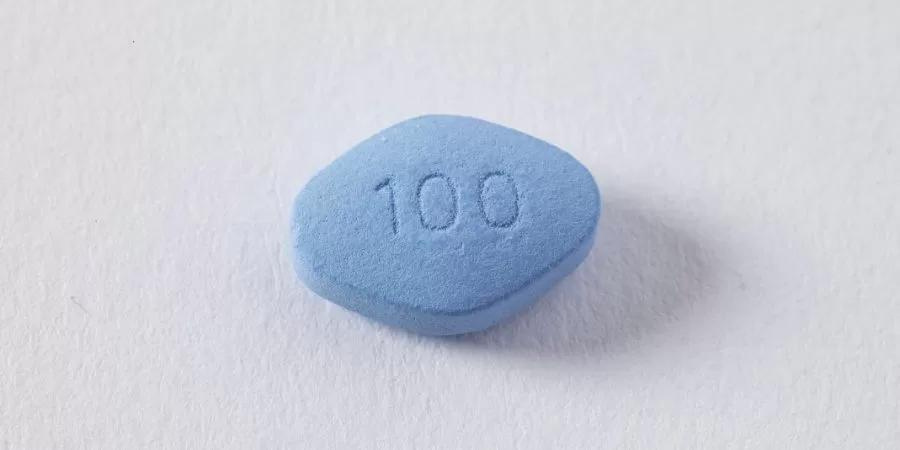Last Updated:
May 16th, 2025
Halcion Addiction | Symptoms, Effects and Causes
What is Halcion?
Halcion, known by its generic name triazolam, is a benzodiazepine medication primarily prescribed to treat severe insomnia. Due to its short half-life, Halcion is particularly effective for those who have trouble initiating sleep rather than staying asleep.
Medically, it’s often used for short-term relief of insomnia, especially when the condition is causing significant distress or affecting daily life. In some cases, Halcion is also used in dental or medical procedures to help patients relax. However, its use is typically limited to brief periods, as prolonged use can lead to dependence or tolerance, making careful monitoring essential when it’s prescribed.

Is Halcion addictive?
Halcion can be addictive due to its impact on the brain’s neurotransmitters. It enhances the activity of gamma-aminobutyric acid (GABA), a chemical that slows down brain activity, creating a calming effect and promoting sleep. Over time, the brain can become dependent on Halcion to maintain this sense of relaxation.
As the brain adjusts to the drug, it produces less natural GABA, making it difficult for the person to feel calm or sleep without Halcion. This often leads to tolerance, where higher doses are needed to achieve the same effect. Psychological dependence can also develop, as individuals may feel they cannot function without it. These factors make Halcion highly addictive, especially if misused or taken for extended periods.
What are the signs of Halcion addiction?
Identifying the signs of Halcion addiction is essential for recognising when help might be needed, either for yourself or someone you care about. Addiction often develops subtly, making it easy to overlook. Being aware of the behavioural, physical and psychological indicators can make a significant difference in addressing the issue early and seeking appropriate support.
- Doctor shopping in privatised healthcare systems: Attempting to obtain multiple prescriptions reflects an increased dependence on Halcion.
- Taking higher doses than prescribed: Regularly exceeding recommended doses suggests growing tolerance and loss of control.
- Hiding use from others: Concealing the use of Halcion often stems from guilt or fear of judgment.
- Neglecting responsibilities: Missing work or avoiding personal obligations may indicate addiction is interfering with daily life.
- Preoccupation with obtaining the drug: Constantly planning when and how to access Halcion highlights psychological dependency.
- Increased tolerance: Needing higher doses to feel the same effects points to the body’s adaptation to the drug.
- Withdrawal symptoms: Experiencing tremors, headaches or difficulty sleeping when not taking Halcion signals physical dependence.
- Drowsiness or fatigue: Persistent sleepiness, even during the day, can result from the sedative effects of Halcion.
- Slurred speech: Difficulty forming clear sentences may indicate prolonged use affecting motor skills.
- Coordination issues: Struggling with balance or fine motor tasks can be a sign of long-term drug impact.
- Cravings: A strong urge to use Halcion, even when unnecessary, suggests psychological reliance.
- Irritability between doses: Feeling anxious or moody when the drug wears off shows dependency.
- Memory problems: Forgetting recent events or conversations can occur due to Halcion’s effect on cognitive function.
- Loss of control: Being unable to stop or reduce usage despite negative consequences is a key sign of addiction.
- Mood swings: Experiencing unpredictable highs and lows reflects the brain’s struggle to function without the drug.
How can a Halcion addiction begin?
Understanding how addiction to Halcion develops can be challenging, especially if you or a loved one began taking it as prescribed for a legitimate issue like insomnia. What starts as a helpful solution can gradually evolve into the very problem it was meant to resolve.
Halcion, or Triazolam, is a powerful medication, and its addictive potential can stem from various factors, including the way it interacts with the brain’s reward system. For some, dependency can develop unintentionally as tolerance builds, and higher doses are needed to achieve the same effects.
Recognising these pathways is vital in identifying the risks and taking proactive steps to prevent addiction. Whether it begins with misuse, prolonged use, or even adhering to prescribed doses, the progression toward dependency underscores the importance of awareness and early intervention.
How is a Halcion addiction treated?
Halcion addiction can be treated through either inpatient or outpatient rehab programmes. However, if the addiction is severe, inpatient treatment is highly recommended. This approach offers a structured environment where individuals can focus entirely on recovery without the distractions or triggers of daily life.
Treatment typically begins with a medically supervised detox to help the body adjust to being without Halcion. This stage is crucial to safely manage withdrawal symptoms, which can be both physical and psychological. A gradual tapering-off method is often used to minimise discomfort and reduce risks during the process.
After detox, therapy plays a central role in addressing the root causes of addiction and developing healthier coping mechanisms. This may include cognitive-behavioural therapy (CBT), dialectical behaviour therapy (DBT) and one-to-one counselling sessions. Group therapy can also provide valuable peer support and encouragement.
Holistic therapies, such as yoga or art therapy, are often included to promote overall well-being and help individuals rediscover healthy outlets for stress and emotions.
Finally, aftercare services are typically recommended to ensure ongoing support and prevent relapse. This might include follow-up therapy sessions, peer support groups or access to recovery resources to maintain sobriety long-term.

What are the next steps?
If you or someone you care about is struggling with Halcion addiction, don’t wait to seek help. Professional rehab can provide the support and tools needed for recovery. Take the first step today by reaching out to a rehab centre and begin the journey toward a healthier, Halcion-free life.
Our compassionate team are ready and available to take your call, and guide you towards lasting the lasting addiction recovery you deserve.

